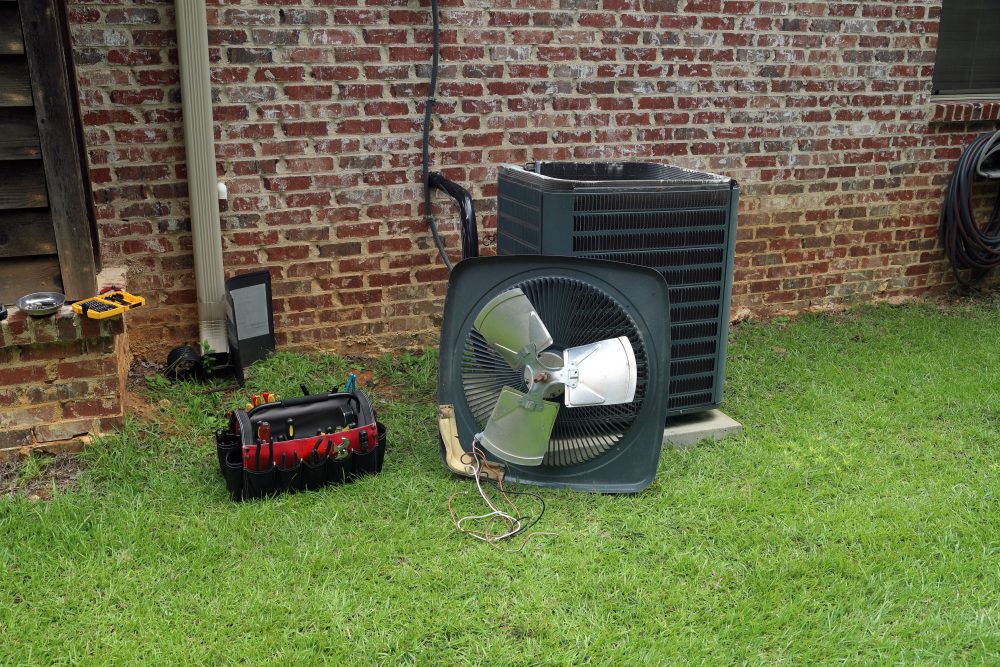HVAC System Replacement: 8 Warning Signs You Can’t Ignore
Your HVAC system works tirelessly behind the scenes, keeping your home comfortable year-round. But like any hardworking appliance, even the most reliable heating and cooling systems eventually reach the end of their useful life. According to the Department of Energy, the average HVAC system lasts 15-25 years, depending on maintenance and usage patterns.
The challenge many homeowners face is recognizing when their system has crossed the line from “needing a tune-up” to “requiring complete replacement.” Making this distinction early can save you thousands of dollars in emergency repairs and significantly reduce your monthly energy costs. Understanding the warning signs that your HVAC system needs replaced helps you make informed decisions about your home’s comfort and your family’s budget.
At Wayne Price HVAC, we’ve helped countless homeowners navigate this important decision by providing honest assessments and practical guidance. Understanding the warning signs that your HVAC system needs replaced helps you make informed decisions about your home’s comfort and your family’s budget.

Age-Related Performance Decline
Age alone doesn’t determine whether your HVAC system needs replacement, but it’s certainly a critical factor to consider. Systems manufactured before 2006 operate with significantly lower efficiency ratings than today’s models. If your unit is approaching or exceeding 15 years of operation, it’s likely consuming 20-40% more energy than necessary to maintain the same comfort levels.
Modern HVAC technology has advanced dramatically over the past decade. Today’s high-efficiency systems not only reduce energy consumption but also provide better humidity control, improved air quality, and more consistent temperatures throughout your home. The efficiency gains alone often justify replacement costs within 5-7 years through reduced utility bills.
Escalating Energy Costs
One of the most noticeable signs that your HVAC system needs replaced is a steady increase in monthly energy costs, even when your usage patterns remain consistent. An aging system works progressively harder to maintain desired temperatures, consuming more electricity or gas in the process.
Compare your current energy bills to those from 2-3 years ago, adjusting for rate increases from your utility company. If you’re seeing increases beyond normal rate adjustments, your system’s efficiency is likely declining. This gradual decrease in performance often goes unnoticed until the financial impact becomes substantial.
Frequent Repair Requirements
When repair calls become a regular occurrence, it’s time to seriously consider replacement. The general rule among HVAC professionals is straightforward: if annual repair costs exceed 50% of a new system’s price, replacement makes better financial sense than continued repairs.
Beyond the immediate cost considerations, frequent breakdowns indicate that multiple components are failing as your system ages. Replacing one component may provide temporary relief, but other parts are likely approaching failure as well. This creates a cycle of ongoing repairs that becomes both expensive and frustrating for homeowners.
Comfort and Performance Issues
A properly functioning HVAC system should maintain consistent temperatures in all rooms of your home. If you’re experiencing hot and cold spots, or if some rooms never seem to reach the desired temperature, your system may be losing its ability to distribute conditioned air effectively.
These comfort issues often stem from failing components, ductwork problems, or a system that’s no longer properly sized for your home’s needs. While some distribution issues can be resolved through repairs or ductwork modifications, persistent comfort problems frequently indicate that your HVAC system needs replaced with a properly sized, modern unit.
Strange Noises and Unusual Odors
Unusual sounds from your HVAC system deserve immediate attention. Grinding, squealing, or banging noises often indicate mechanical problems with motors, belts, or other moving parts. Similarly, persistent odors when your system runs can signal electrical issues, mold growth, or component failure.
While some noises can be addressed through targeted repairs, multiple or recurring sound issues suggest widespread system deterioration. These symptoms, combined with other warning signs, often point toward the need for complete system replacement rather than continued repair attempts.
Making the Right Decision for Your Home
Recognizing these warning signs empowers you to make proactive decisions about your home’s heating and cooling needs. Rather than waiting for a complete system failure during the peak of summer or the depths of winter, addressing these issues early gives you time to research options, compare systems, and choose the best solution for your specific needs.
The investment in a new, high-efficiency HVAC system pays dividends through improved comfort, lower energy costs, and the peace of mind that comes with reliable performance. When you’re ready to explore your options or need professional guidance about whether your current system can be repaired or should be replaced, Wayne Price HVAC is here to help. Contact Wayne Price HVAC today for a comprehensive system evaluation and discover how a new, efficient HVAC system can improve your home’s comfort while reducing your energy costs.
